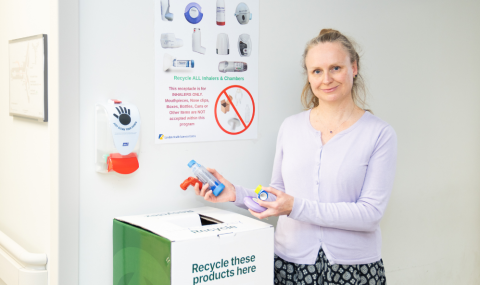The liver is the largest internal organ. It is located mostly under the rib cage on the right side of the body, and receives a large portion of the blood supply. Blood flows to the liver from the heart and from the veins carrying nutrients from around the intestines.
The liver has over 500 different functions. Here are some examples:
Making and storing nutrients – the liver makes a kind of glucose called glycogen. It releases glycogen to be changed back into glucose when the blood sugar gets low. The liver also stores some vitamins and minerals, such as iron.
Making amino acids – these are used to build proteins, which are then used to build muscle.
Breaking down fats – without the liver, fats could not be used in the body.
Making blood proteins – the liver makes the main blood protein, albumin. Albumin helps keep the balance of fluid in the tissues and blood vessels of the body.
Breaking down old red blood cells – The liver recycles the cells in the blood that carry oxygen.


